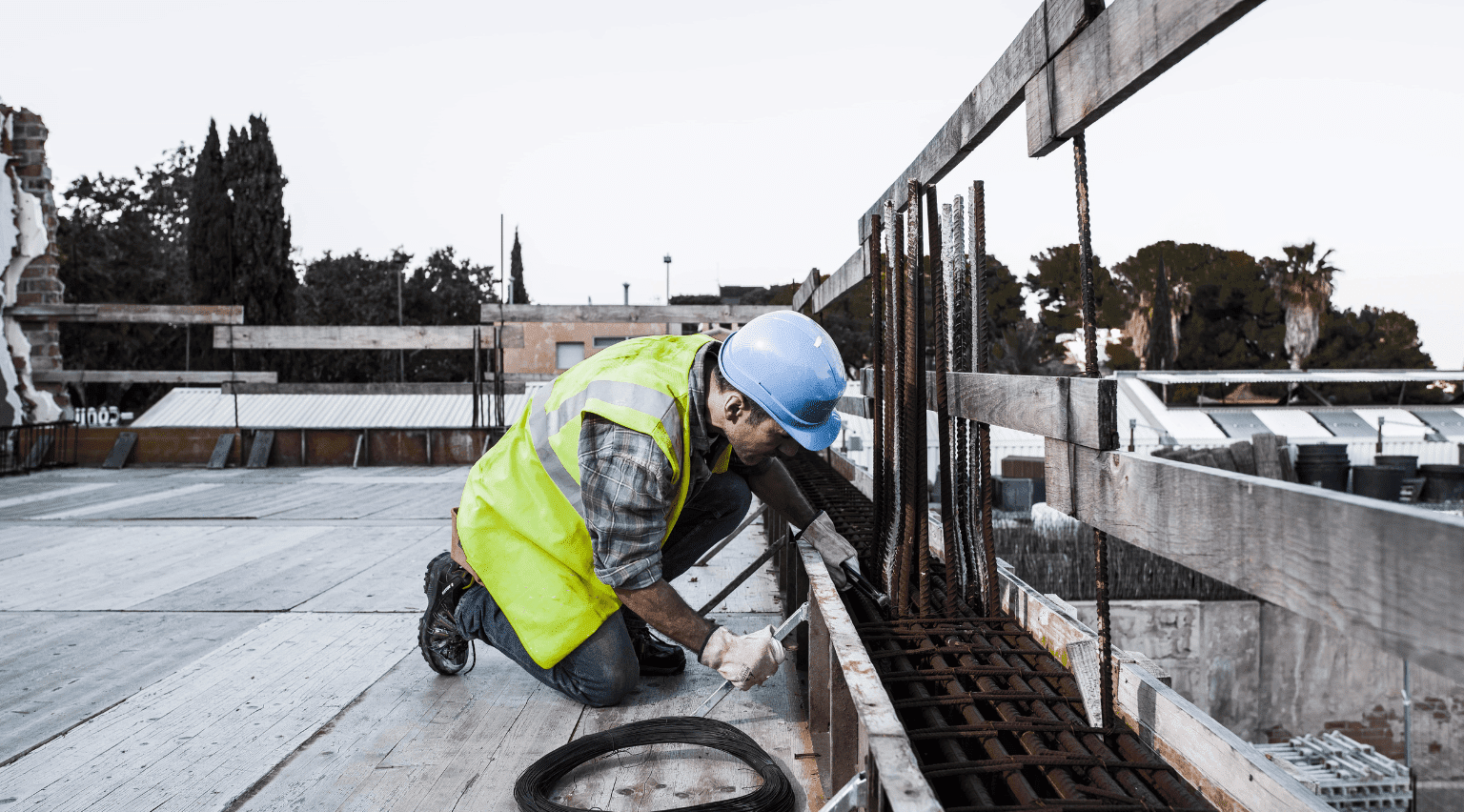Mivan formwork is a cutting-edge formwork system comprised of robust and sturdy aluminium components that are utilised in the building of residential units as well as large-scale housing projects and have remarkable strength, durability, and adaptability. Precast technology is expanding into the residential sector from infrastructure projects including tunnels, bridges, flyovers, underpasses, and so on. Precast construction is one of the best methods for managing metropolitan regions’ construction needs. Precast construction has advantages, and mass housing is likely to increase demand for the technology.
In the case of Mivan vs Precast, using Mivan Shuttering Technology has allowed the developers to expedite the construction process. The advantages of utilising Mivan technology over conventional construction methods are discussed by 99acres along with a rate comparison. In addition to the fact that precast is capable of sound insulation and fire resistance, manufacturing precast panels results in uniform quality. Design guidelines and norms at the international, regional, and national levels also contribute to quality preservation and improvement.
A brief description of Mivan and Precast in real estate will be discussed in the below section.
Comparison of the Mivan and Precast in real estate
|
Characteristics |
Mivan Formwork |
Precast Method |
| Wastage | The amount of formwork material wasted in the case of Mivan Formwork is lower. | On the other hand, in the case of this method of construction, the wastage rate is more. |
| Pre-planning | It has a crucial formwork system pre-planning. | The formwork system has been pre-planned, which is beneficial. |
| Timber | Use of timber is not required. | Utilizing timber is a crucial part of the system. |
| Possible repeats number | In Mivan Formwork, 250–300 repetitions are allowed. | The number of repetitions for traditional formwork is limited to 50. |
| Initial system expenditure | The initial cost of Mivan Formwork is higher. | In comparison to the current system, conventional formwork requires less initial expenditure. |
| Required time for stripping | It requires less time to strip. | It requires more time to strip. |
In the case of Mivan vs Precast the Mivan construction technology has many benefits. Among the benefits are, since Mivan technology only employs high-quality aluminium in its operations, there is absolutely no chance of rusting. Less maintenance is necessary because there are fewer joints. Build a lot of buildings in a short amount of time. The formwork the panel in this instance may be used up to 200 times.
This method requires less lubrication, which lowers the cost. Whereas when applied in large-scale inexpensive housing, precast technology is economical and effective, providing a solution to India’s need for affordable housing. It makes it possible for investors to meet the rising need for widespread cheap housing in India. On the other hand, Mivan vs Precast, the Precast technology has become an appealing choice for many contractors and developers due to the lack of competent labour in the building construction industry and the growth of roughly 20 percent in labour and material costs.
As Mivan and Precast in real estate, Mivan formwork is very similar to other formwork in terms of its practises and procedures. The construction is initially moulded using the steel used for wall reinforcement. The pre-cast steel is transported to the construction site from the mill. Simply put, it is created to order. Mivan building uses only materials that are specifically sized to fit the specifications of the home structure, whether they be slabs or beams. Mivan shuttering can be disassembled after being assembled.
The formwork for the Mivan construction has been set up so far; the next step is to pour concrete on it to reinforce the shape. For example, Mivan vs Precast the formwork is then removed after a predetermined amount of time has passed during which the Mivan construction structure gains the necessary strength.
Due to the influence of various developments in information processing, global communication, industrialization, automation, and so on, in the field of construction, the challenges of construction technology in densely populated urban areas and fast developments over the upcoming decades will have a dramatic change in the sector. Due to several advantages of the construction process over that of the cast-in-situ procedure, precast construction technology is one such choice that is expanding in popularity globally at a faster rate.
Conclusion
Wall panels, stub pins, kickers, and rockers are some of the formwork for wall components made using Mivan technology. Soffit length, deck panels, deck props, and prop length are all included in the formwork for deck components made using Mivan technology.
The beam side panel, prop head, and panel for the soffit beam are all parts of the Mivan technology formwork for beam components. Instance, Mivan vs Precast, Precast technology reduces construction costs by 10% to 15% while enhancing a building’s overall solidity. It can be used to close the supply-demand gap in the market for affordable homes.
In the case of Mivan and Precast in real estate a 10-tower building can be built using the Mivan construction process in 2.5 years, although the same tower could be built using the older, more conventional method in roughly 3.6 years.



